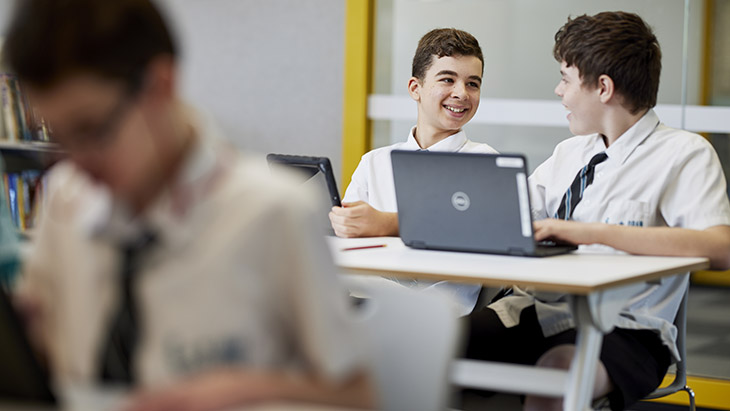Evidence-based strategies for communication and language disorders
Consider how you give instructions and communicate
Give simple, specific and direct instructions
This might allow the student to be a bit clearer about the learning tasks. It can also help to demonstrate/model the task or behaviour, or ask another student to demonstrate.
Think about the language you use
Students with communication disorders may have trouble understanding complex and lengthy sentence structures. Consider breaking down verbal instructions and information into smaller sections. It may be helpful to check with the student frequently whether there were words they did not understand.
Use various methods of communication
Visual aids, such as picture cards, can be used in addition to verbal instructions to show a task sequence or a key learning concept. Other options include mind maps to organise visual information, or captioned videos to teach a skill.
Repeat and rephrase instructions
Students may need multiple opportunities to understand instructions. It may be helpful to repeat instructions. If a student has trouble understanding, consider different and simpler ways to present information instead of repeating information in the same way.
Provide frequent reminders
Verbal and physical prompts can help keep students on-track with learning tasks.
Work collaboratively
Get more information
Talk to the student, their family, the learning and support team and key stakeholders to find the best methods of communication and support.
They can help you understand the student’s unique strengths and the areas they need more help in. Students can also alert you to their preferences and other challenges they face or might come across.
Build a relationship with the student’s other teachers and other professionals involved
Working together can lead to a shared understanding of the student and consistent goals and strategies used across subjects, school and other environments like home and the community.
